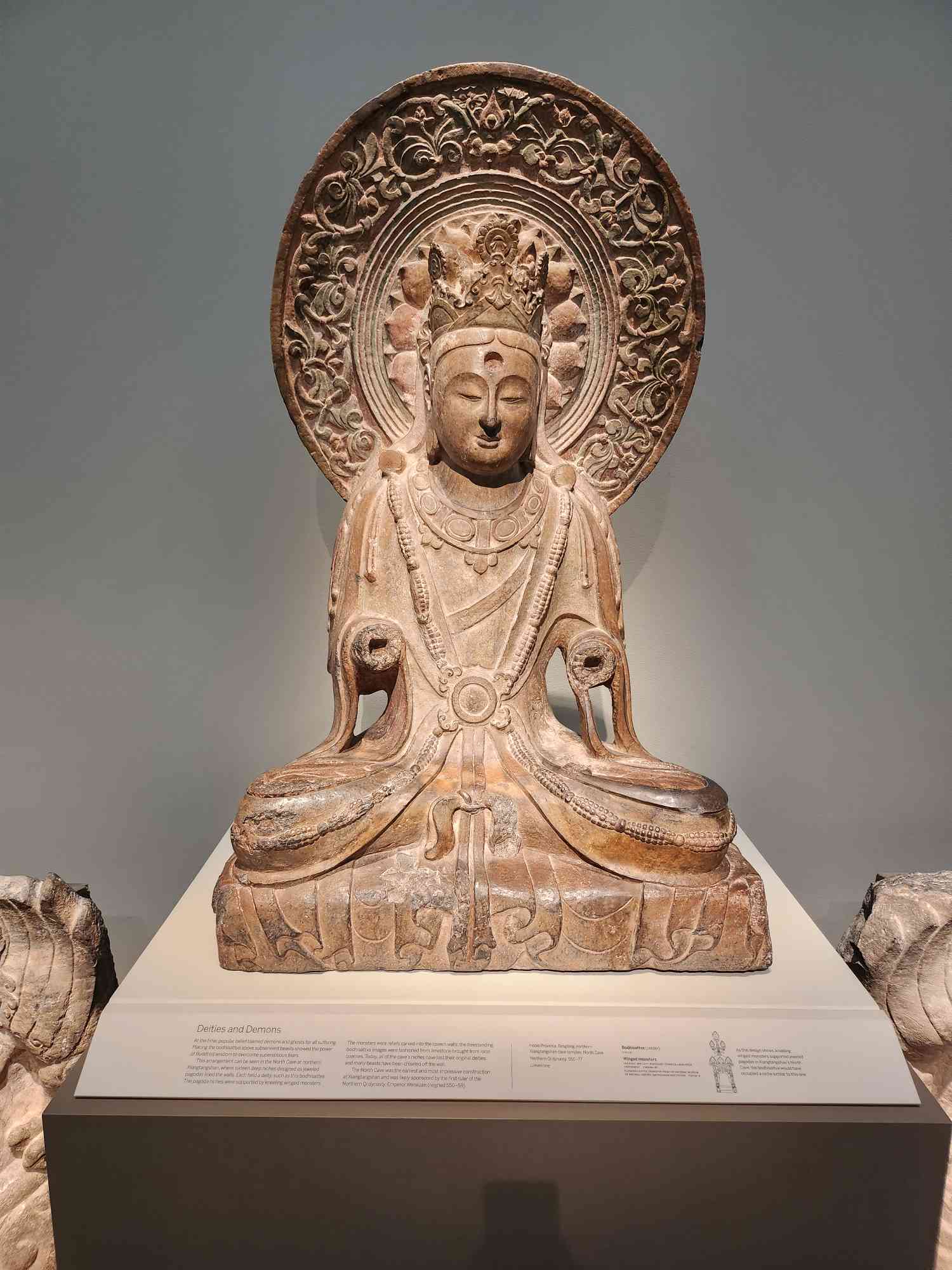Lunar New Year at the Smithsonian
Welcome to the Year of the Rabbit
On Jan. 22, the Smithsonian National Museum of Asian Art hosted a variety of activities and performances in celebration of the new year. No, not the new year on Jan. 1 of the Gregorian calendar, but instead the Lunar New Year that occurred on the first new moon of January.
For the uninitiated, Lunar New Year marks the start of a new year in the lunar calendar and is the most important holiday in numerous countries in East Asia. With origins in China from about 3500 years ago, Lunar New Year is one of the oldest holidays in the world and marks the transition from winter to spring.
Smithsonian Museum
The National Museum of Asian Art in Washington D.C. spans two buildings and hosts a variety of works from all over Asia in more than 30 galleries. To celebrate Lunar New Year this January, the museum organized numerous Lunar New Year related events ranging from cooking demos to lion dances.
Entering the museum, the first thing that guests saw were the themed arts and crafts sections. The area was filled with materials and the museum provided guests with references to create art of mythical figures from Chinese folklore such as Sun Wukong, a legendary monkey king.
Another eye-catching attraction was the indoor lion dance performance, a traditional Chinese dance in which performers mimic the appearance and movement of lions to ward away evil and bring luck to the surrounding area.
Beyond just the activities, the museum also contained a wealth of artifacts from all over East Asia going back over four thousand years. From Iran to Japan, there were exhibits on almost every region in Asia filled with stunning treasures unique to each area. If you’ve ever wanted to see treasures from the Ming dynasty or artifacts from feudal Japan, the museum has it all.
Common Traditions
Lunar New Year typically begins with cleaning the house weeks before in preparation for a large family reunion, bringing together all the relatives from far and wide. Families line doors with decorations such as couplets, and colorful red lanterns adorn the streets.
One popular origin story for Lunar New Year explains that in order to prevent the beast Nian (年, Chinese for “year”) from eating crops and people every new year eve, villagers would put food outside their doors for the beast. Later on, the villagers figured out that loud noises and the color red scared Nian, hence the fireworks and prominent red themes in Lunar New Year celebrations.
On the actual day of the new year, billions of fireworks celebrate the arrival of the new year and ward off evil. At the same time, dragon and lion dances fill the streets, often involving dozens of performers and elaborate decorations.
In addition to all the festivities, children have something else to look forward to on Lunar New Year: money. During Lunar New Year, relatives shower children with cash in the form of red envelopes, which are believed to bring peace to children in the new year.
Aside from the celebrations themselves, Lunar New Year would not be complete without the food. It’s tradition to stuff oneself with as many dumplings, rice, and fish as humanly possible. Dumplings and fish are thought to bring wealth and prosperity, while rice balls symbolize family togetherness and closeness with relatives.
A Look Towards the Future
As the Asian population continues to grow in the United States, Lunar New Year celebrations have grown in size all across the country, even in places as close as Washington D.C. At the same time, young Asian Americans are finding new ways to celebrate the holiday in uniquely American ways, a true testament to the great American melting pot.
Alexander Liu. Hi, I'm Alex (he/him) and I'll be a staff writer for SCO this year. I'm passionate about public policy and international relations. In my free time, I enjoy drawing and watching terrible rom-coms. More »
Comments
No comments.
Please ensure that all comments are mature and responsible; they will go through moderation.
